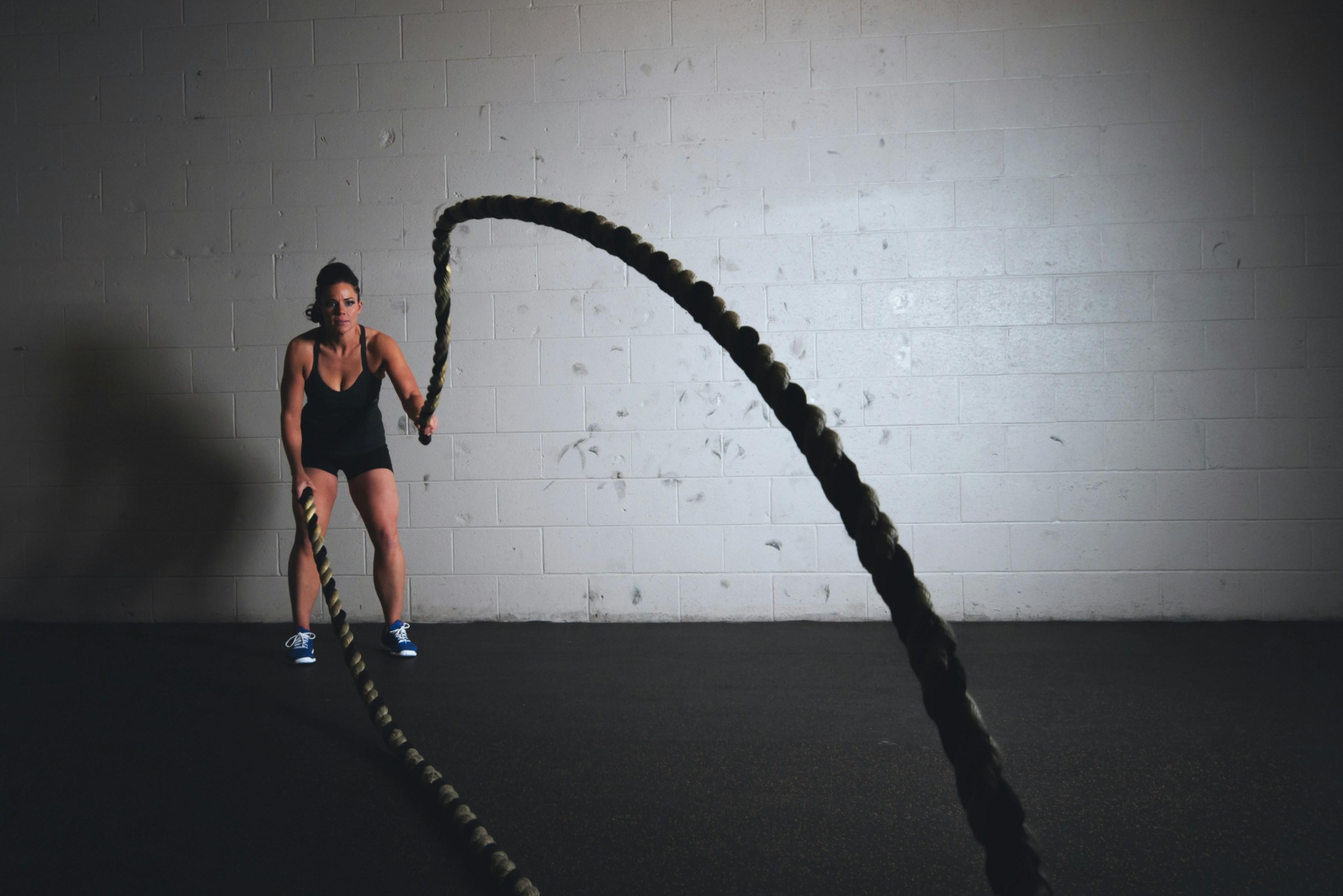Embarking on a fitness journey can be both exciting and daunting, especially for beginners eager to see results. The key to success lies in a well-structured workout routine that targets all major muscle groups, ensuring balanced development and reducing the risk of injury. In this guide, “,” we will lay the foundation for your fitness journey with expert-backed exercises designed to build strength, improve endurance, and enhance overall well-being. Whether you’re stepping into the gym for the first time or returning after a hiatus, this routine is crafted to set you on the path to achieving your fitness goals efficiently and effectively.
Understanding the Basics of Full-Body Workouts
Full-body workouts are an essential component of a balanced fitness routine, especially for beginners looking to build a strong foundation. By engaging multiple muscle groups in a single session, these workouts offer a comprehensive approach to fitness that maximizes time and effort. The key is to focus on compound exercises that target major muscle groups, promoting muscle growth and improving overall strength. Squats, deadlifts, and push-ups are classic examples, each providing a full range of motion and requiring coordination across different parts of the body.
- Efficiency: Save time by working multiple muscles simultaneously.
- Balance: Develop proportional strength across the entire body.
- Adaptability: Easily modify exercises to match your fitness level.
- Calorie Burn: Increase energy expenditure for effective weight management.
Incorporating a full-body workout into your routine just 2-3 times a week can yield significant results, enhancing both endurance and muscle definition. Remember, consistency is key, and as you progress, gradually increase the intensity to continue challenging your body.

Essential Equipment and Setup for Beginners
Embarking on a full-body workout journey requires the right gear to maximize results and ensure safety. As a beginner, it’s crucial to invest in some basic equipment that will provide versatility and effectiveness in your routine. Here’s what you’ll need to get started:
- Yoga Mat: Provides cushioning for floor exercises and stability for standing routines.
- Dumbbells: A set of light to moderate weights, ideally ranging from 5 to 15 pounds, to accommodate different exercises and progressions.
- Resistance Bands: Versatile and portable, these bands add varying levels of resistance to your workouts.
- Stability Ball: Enhances core workouts and improves balance and flexibility.
Setting up your workout space is equally important. Ensure you have enough room to move freely, ideally in a well-ventilated area. Keep your equipment organized for easy access, and consider a mirror to check your form and technique. This foundational setup will help you build consistency and confidence in your fitness journey.

Crafting a Balanced Routine: Key Exercises Explained
Creating a balanced workout routine is crucial for building strength and endurance across your entire body. Here are some key exercises every beginner should include:
- Squats: A fundamental lower body exercise that targets the quads, hamstrings, and glutes. Focus on form, keeping your back straight and knees aligned over your toes.
- Push-Ups: An effective upper body workout for the chest, shoulders, and triceps. Start with modified versions if needed, ensuring a straight line from head to heels.
- Planks: Core stability is essential, and planks engage the abs, obliques, and lower back. Maintain a neutral spine and avoid sagging your hips.
- Rows: Strengthen your back and improve posture with rows. Use resistance bands or dumbbells, pulling towards your torso and squeezing your shoulder blades together.
- Lunges: Enhance balance and coordination while targeting similar muscles as squats. Step forward, keeping your front knee over your ankle, and alternate legs.
Incorporate these exercises into your routine, adjusting reps and sets as you progress. Prioritize form over speed to prevent injury and maximize results.

Tips for Progress and Avoiding Common Mistakes
To ensure steady progress and sidestep typical pitfalls, consider these strategies:
- Start with Proper Form: Prioritize mastering technique over lifting heavier weights. Incorrect form can lead to injuries and hinder progress.
- Consistency is Key: Stick to your routine. Regular workouts are crucial for building strength and endurance.
- Listen to Your Body: Rest when needed. Overtraining can cause fatigue and increase the risk of injury.
- Set Realistic Goals: Aim for achievable milestones to keep motivation high and track your improvements.
- Vary Your Routine: Incorporate different exercises to work various muscle groups and prevent boredom.
Avoid these common errors to enhance your workout experience:
- Skipping Warm-Ups: Always begin with a warm-up to prepare your muscles and reduce injury risk.
- Neglecting Recovery: Recovery is as important as exercise. Ensure adequate rest and hydration.
- Ignoring Nutrition: Fuel your body with balanced meals to support your workout and recovery.
- Impatience: Progress takes time. Avoid comparing yourself to others and focus on your journey.





